6 Endangered Species on Isla Contoy: A Call to Action for Conservation
Although Contoy is a government-protected area, it is home to endangered species. Read on and learn about the 6 endangered species that inhabit Isla...
3 min read
 Giovanna Ricalde
:
Feb 11, 2022 3:54:59 PM
Giovanna Ricalde
:
Feb 11, 2022 3:54:59 PM
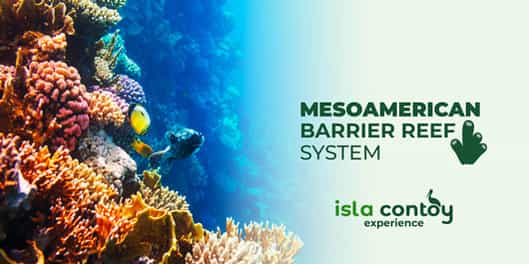
The Caribbean area has gained relevance not only for the beauty of its scenery and colors but also for the amount of life that inhabits its waters. Read on and discover why the Mesoamerican Barrier Reef System is vital to the world.
The reef is a very complex marine ecosystem composed of a great diversity of flora and fauna. Physically it looks like an underwater mountain formed by coral skeletons. They are home to algae, fish, mollusks, and other species. The large coral populations are known as reefs.
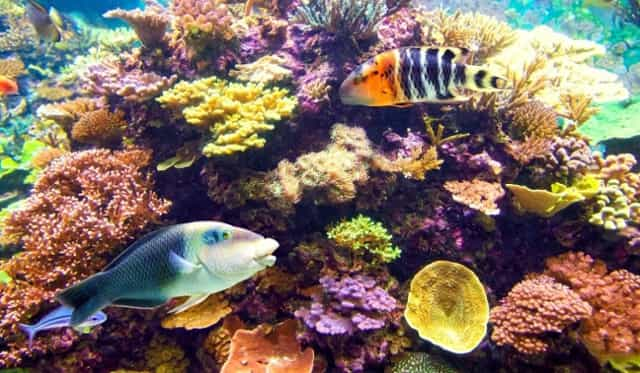
Coral is the part we can most easily identify. Its main characteristics are its bright colors; under the right conditions, it can grow and live for hundreds of years. It comprises millions of marine organisms called polyps, each with tentacles and a mouth for feeding.
MBRS is the acronym for Mesoamerican Barrier Reef System and refers to the second-largest barrier reef in the world that stretches across Mexico, Belize, Guatemala, and Honduras.
The world's largest barrier reef, or Great Barrier Reef, is located in Australia and (as we saw in a certain movie starring a clownfish and a forgetful surgeonfish) is enormous. It covers an area of 348,700 km² and is home to 400 types of coral and almost 7000 species of marine animals and mollusks, almost as big as Germany!
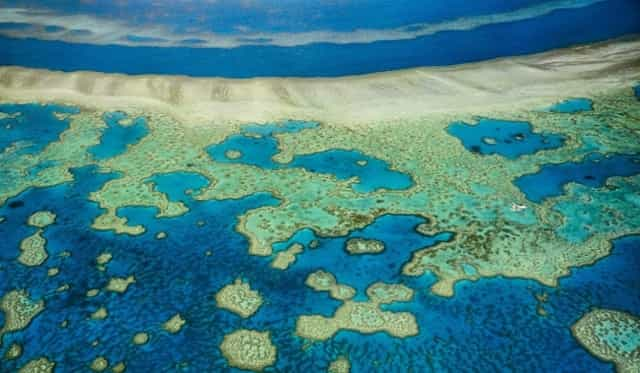
Great Barrier Reef in Australia
In comparison, the MBRS measures 34,272 km² and is the largest transboundary reef in the world. It is home to more than 60 different types of corals and more than 800 marine species, including mollusks, fish, sharks, and sea turtles.
Reefs around the world are of great importance to the marine ecosystem and also to human life. Some benefits that humans receive from reefs are the following:
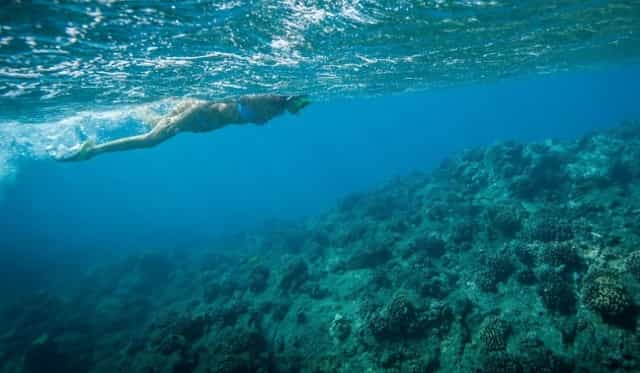
|
Country |
Number of MPA |
Total area of MPAs |
|
Mexico |
18 |
19,625.9 km² |
|
Belize |
17 |
4009.7 km² |
|
Guatemala |
2 |
1063.8 km² |
|
Honduras |
10 |
9572.8 km² |
Each country's government manages the care of MPAs, and this strategy only works if the areas are well managed.
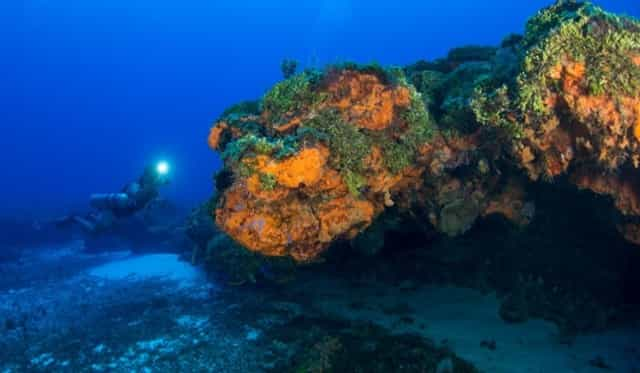
Diving in Arrowsmith Bank near Cancun
Reefs are ecosystems that contribute a lot but are also very delicate. The problems that affect the reef directly are:
As visitors, our main responsibilities are to avoid wearing sunscreen before swimming and avoid touching starfish and other sea creatures.
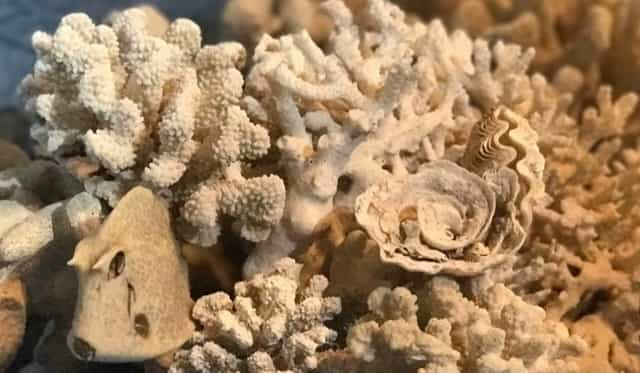
The Ixlaché reef is a crucial starting point for the Great Mesoamerican Reef or MBRS, playing host to a diverse range of marine life, including 56 different coral species, fish, and commercially valuable organisms such as spiny lobsters and pink snails, making its preservation of utmost importance.
Since this reef is so close to Isla Contoy, the National Commission of Protected Areas (CONANP in Spanish) has developed the following strategies to guarantee its health.
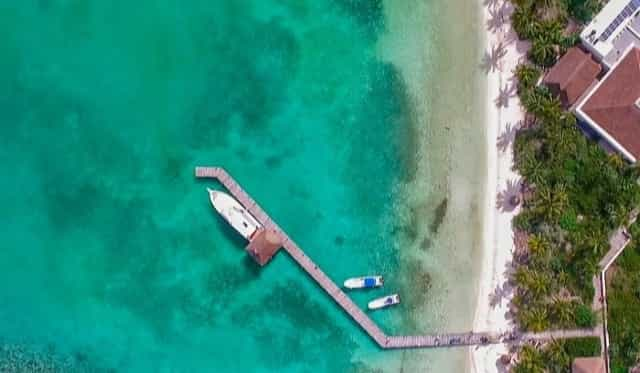
Collaboration between governments, civil society, and businesses is crucial for implementing effective strategies to protect and preserve the Mesoamerican Barrier Reef System and other marine ecosystems. By working together, we can make a significant impact and ensure the longevity of these vital resources.
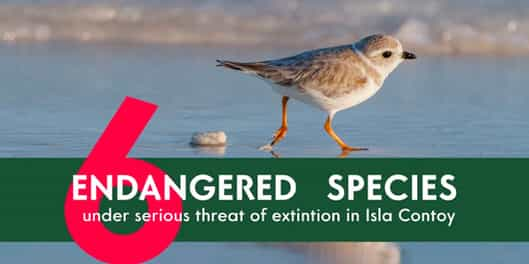
Although Contoy is a government-protected area, it is home to endangered species. Read on and learn about the 6 endangered species that inhabit Isla...
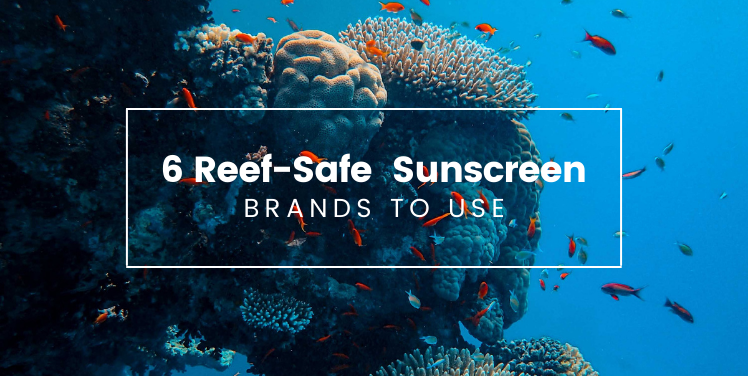
The greatest part of visiting the Mexican Caribbean is being able to enjoy the beauty of the natural surroundings: dipping in the ocean on a blazing...